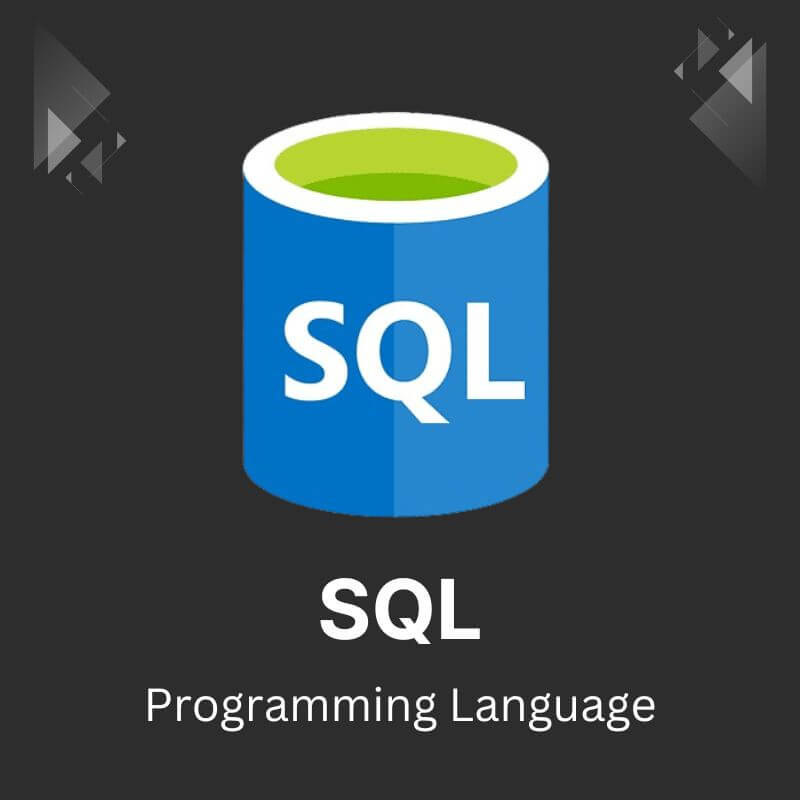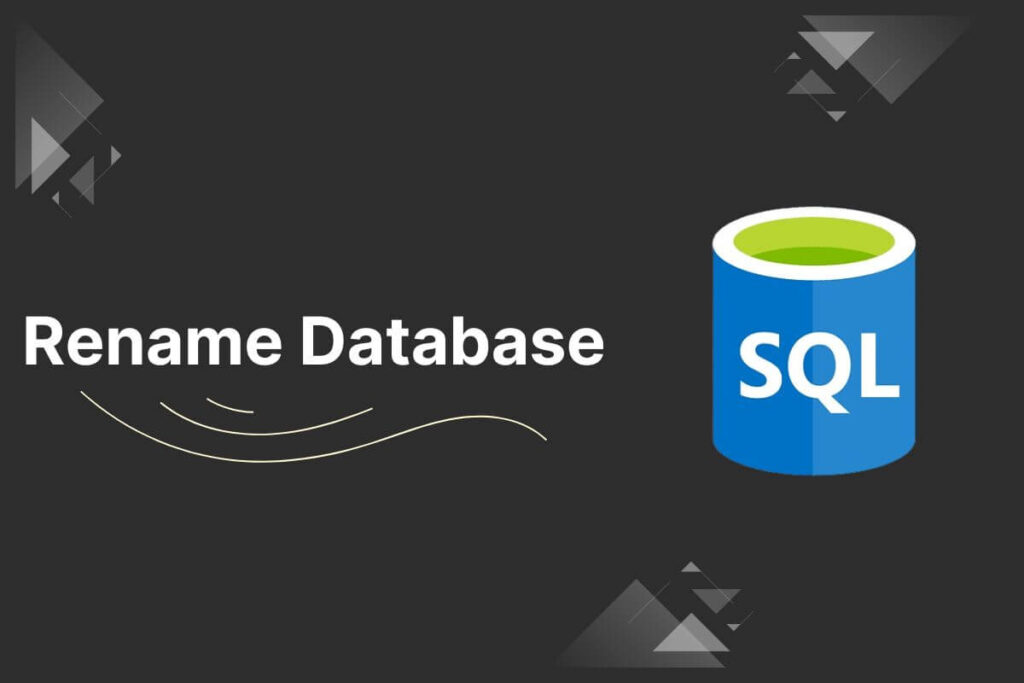Renaming a database is a common task that database administrators (DBAs) or developers may need to perform for various reasons, such as rebranding, reorganization, or simply to better align the database name with its purpose.
In SQL, the process of renaming a database involves executing a specific command or set of commands, depending on the database management system (DBMS) you’re using.
Renaming a Database in MySQL
In MySQL, the RENAME DATABASE statement is used to rename a database.
Here’s the syntax:
RENAME DATABASE old_database_name TO new_database_name;
Renaming a Database in SQL Server
In Microsoft SQL Server, the process of renaming a database involves multiple steps. First, you need to detach the database, rename the database files, and then attach the database with the new name.
Here’s how you can do it:
1. Detach the database:
USE master;
GO
EXEC sp_detach_db @dbname = 'old_database_name';
2. Rename the database files (both data and log files) using the appropriate operating system command or a file explorer.
3. Attach the database with the new name:
USE master;
GO
CREATE DATABASE new_database_name
ON (FILENAME = 'path\to\renamed_data_file.mdf'),
(FILENAME = 'path\to\renamed_log_file.ldf')
FOR ATTACH;
Renaming a Database in PostgreSQL
In PostgreSQL, the ALTER DATABASE statement is used to rename a database.
Here’s the syntax:
ALTER DATABASE old_database_name RENAME TO new_database_name;
Renaming a Database in Oracle
In Oracle, you can’t directly rename a database. However, you can create a new database with the desired name and then migrate or copy the data from the old database to the new one. This process may involve additional steps, such as exporting and importing data, or using data transfer utilities like Oracle Data Pump.
Best Practices for Renaming the Database
When renaming a database, it’s essential to consider the following:
1. Backup: Always create a backup of your database before performing any rename operation. This ensures that you can recover your data in case of any errors or issues during the renaming process.
2. Downtime: Depending on the DBMS and the size of your database, the renaming process may require some downtime. Plan accordingly and inform users or clients if necessary.
3. Dependencies: Ensure that you update any applications, scripts, or configurations that reference the old database name after the renaming process is complete.
4. Permissions: Verify that you have the necessary privileges or permissions to rename the database in your DBMS.
5. Testing: After renaming the database, thoroughly test your applications and ensure that everything is working as expected with the new database name.
Renaming a database is a straightforward process in most DBMS, but it’s crucial to follow the correct steps and take necessary precautions to avoid any data loss or disruption to your applications or services.


